How Geotab Cloud ELD works
Geotab Cloud ELD is a reliable and secure fleet platform for tracking, managing, and sharing records of duty status (RODS). Learn how it works.

By Vik Sridhar
Senior Group Product Manager at Geotab
Dec 3, 2024

What is Cloud ELD?
Geotab Cloud ELD is a reliable and user-friendly fleet platform for tracking, managing, and sharing records of duty status (RODS).
Geotab's electronic logging device (ELD) solution is now registered with the Federal Motor Carrier Safety Administration (FMCSA). Read more here.
Cloud ELD works by interconnecting the Geotab GO telematics device and the MyGeotab fleet management software with a mobile device running the Geotab Drive app. The solution harnesses Geotab’s expertise in technology and innovation to simplify and streamline electronic logging for carriers and truck drivers.
For drivers, Cloud ELD is a simple way to monitor and record Hours of Service compliance information, including Records of Duty Status (RODS) and Driver Vehicle Inspection Reports (DVIR). For fleet managers, Cloud ELD offers a single interface for monitoring drivers and running reports on the status of the fleet.
Cloud ELD vs. other electronic logging solutions
Cloud ELD is reliable and robust when you compare it to other types of ELD solutions that are hard-wired, use Bluetooth pairing to work, or make you download your records to USB. Carriers can use Cloud ELD to ensure their Hours of Service data — which is so critical to business operations — is kept safe and secure.
Having an easy-to-use, effective electronic logging device is essential so that carriers can stay in line with regulations and avoid compliance violations, fines, and potential harm to their Compliance, Safety, and Accountability (CSA) score.
Summary of Cloud ELD advantages:
- More reliable and no back office intervention
- No pairing process
- Reduces power consumption for longer battery life
- Compatible with different platforms (Android and iOS)
- Accuracy of logs even when operating different vehicles
How does Geotab Cloud ELD work?
Each piece of the Cloud ELD system does its part to ensure a reliable, accurate, and stable flow of data. Engine and GPS Data from the GO device is sent to the MyGeotab server. Duty Status logs are created on the server, and then pushed down to the Geotab Drive app together with engine and location information.
As the vehicle is driven, the system follows a cyclical process:
- The Geotab GO device sends engine data and location data to MyGeotab.
- The Drive App sends the duty status of the driver to MyGeotab.
- MyGeotab combines the data from the Drive App and the GO device to create an accurate record of duty status.
- MyGeotab sends the updated information back to the Drive App.
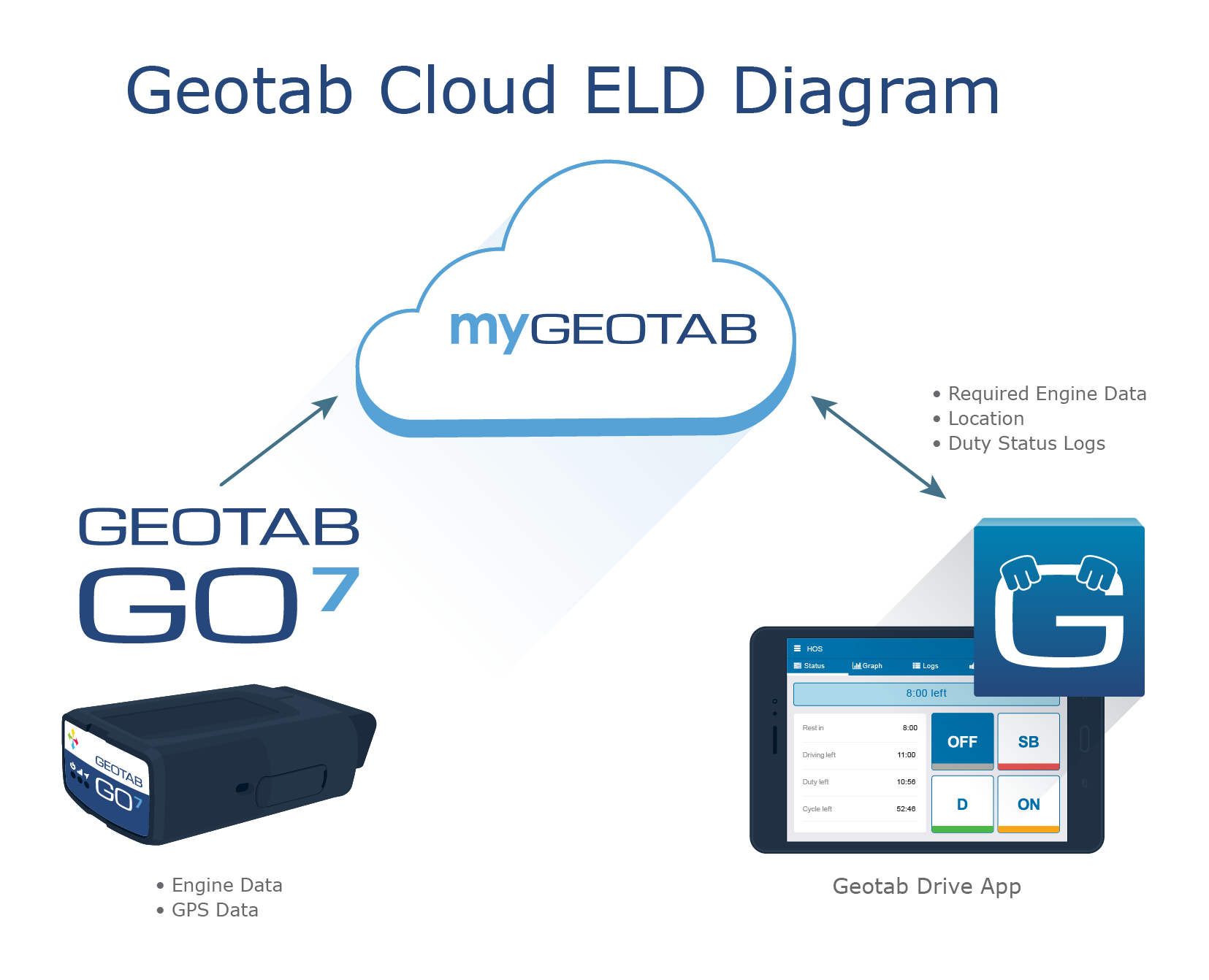
Overview of the Cloud ELD process
What does the Geotab GO device record?
The Geotab GO device records any vehicular data it can access through the diagnostic port, including speed, engine data, temperatures, coolant levels, and more. The GO device also records the GPS coordinates it receives from its internal GPS module.
Where is the information sent?
The vehicular and positional data recorded by the Geotab GO device is sent to a MyGeotab server over a cellular connection.
MyGeotab — Geotab’s fleet management software — organizes the aggregated data collected from the GO device and presents it to the user through a user-friendly interface. This data is available in various forms ranging from reports, maps, and notifications.
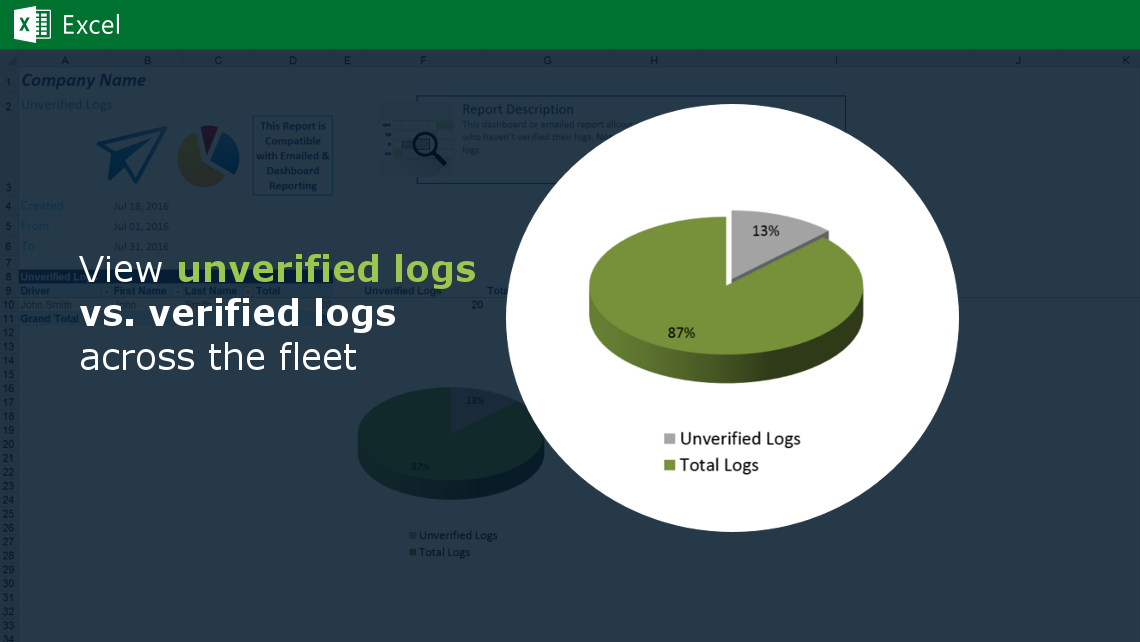
Sample ELD report for fleet compliance management
Any data available on MyGeotab can be extracted for any number of additional uses through the MyGeotab API.
Geotab Drive App
The Geotab Drive App synchronizes with MyGeotab (via a Wi-Fi or cellular connection) to download the latest duty status logs and vehicle data. The Drive App also uploads logs manually created by the driver to MyGeotab for consolidation. Learn more about Geotab’s ELD solution for compliance management here.
Benefits of Cloud ELD
Reliability
If the mobile device experiences hardware problems and is unable to power up, or if it experiences software problems — for example, crashes due to a manufacturer software bug — the Cloud ELD will not lose any data. Neither scenario will impact the driver's logs because the Geotab GO device installed in the vehicle will continue to record accurate speed and engine information regardless of the status of the mobile device. The driver may switch to paper logs in this scenario, but as soon as they receive a new tablet or mobile device, they will have a full history of automatically-generated logs. No back office intervention is required to fill in status logs during any period for which a mobile device might be malfunctioning.
Another benefit to the Cloud ELD is that there is no pairing process required for the system to work. A major pitfall with solutions that rely on a device pairing, through a wireless technology like Bluetooth, is connection issues.
Bluetooth and similar technologies may not be reliable enough for these critical circumstances. Drivers would need to be trained on what to do if the wireless connection fails. There would also need to be an alternative process for the driver to follow in case the connection cannot be repaired quickly.
One reason for this is the imperfect interoperability between different chipsets. There are hundreds of different Bluetooth chipsets from different manufacturers. Another cause of problems is wireless interference.
The requirement to have tablets plugged into a power source is also a cause of unreliability. The connector will wear over time, especially if the tablet is repeatedly connected and removed. If, for any reason, the power is not properly connected, the tablet will end up sleeping and essential services that run on the tablet will no longer run, thus creating the possibility that the driver may fall out of compliance.
Another issue has to do with how mobile operating systems handle background tasks. Manufacturers are severely restricting the ability for apps to run continuously in the background as a way to limit the power consumption of all apps so that batteries are not depleted quickly. If every app on the system was allowed to run in the background, device batteries wouldn't last very long and devices would not be reliable. Running an ELD process in the background could put the software vendor in violation of device manufacturer terms. Vendors risk having their ELD apps rejected at any time.
Cloud ELD simply triggers the device to wake up when a notification to the driver is needed. This means that the mobile device uses a fraction of the power of similar solutions and does not need to be powered to perform the ELD calculations.
Compatibility
With a wired solution, hardware compatibility becomes challenging. With the Cloud ELD, devices on both the Android and iOS platforms (as well as others in the future) can be supported with ease. The aim is for the driver to log in to the application and get on with their day — without having to bother with wires or hardware connectors.
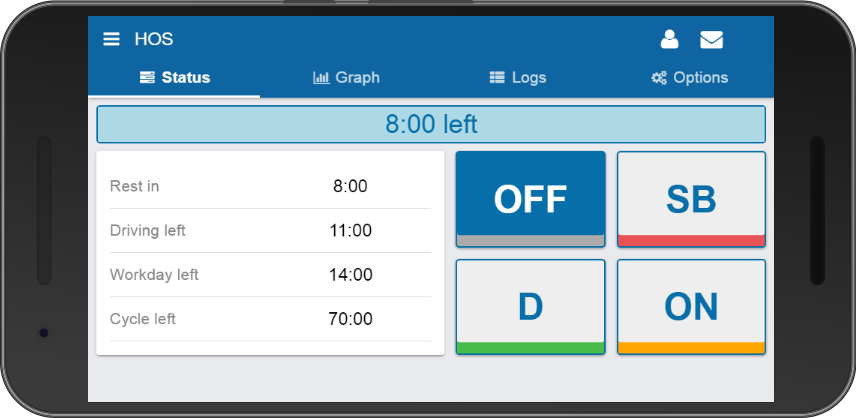
HOS Dashboard on Geotab Drive Cloud ELD mobile app
Compliancy
The major reason why Geotab requires all the mobile devices to be connected to the cloud is to maintain accurate logs. When a driver operates vehicle A, and then needs to operate vehicle B, all the hours of service logs created for vehicle A need to be transferred over to the ELD being used on the second vehicle. This transfer of logs at any time is a requirement of the ELD regulations.
When cellular coverage is not present
The Geotab Drive app constantly receives ELD updates from the MyGeotab server after the initial login. Even if the vehicle is going in and out of coverage, Geotab Drive picks up and stores data whenever connections are made throughout the day.
Based on a detailed analysis of real data by Geotab’s Big Data team, the likelihood that a device stays out of cellular coverage consistently for long periods of time is rare. The likelier scenario is that a device moves in and out of coverage as it travels.
In the case that the vehicle is out of cellular coverage, the GO device will store all recorded data, together with date and time information, on its internal memory. Once the vehicle enters an area with cellular coverage, the GO device will transmit its stored data to the server. The server will then coordinate the data and send all missing pieces to the Drive App.
The Geotab Drive app is designed to work offline. When out of coverage, Geotab Drive can be used to access all the logs up to the point the vehicle went out of coverage, and it can still be shown to law enforcement. Within minutes of any coverage, the missing data is added to the app and becomes available for any future offline periods. This approach minimizes the impact of spotty coverage.
The offline capabilities of Cloud ELD, combined with Geotab’s analysis of cellular coverage zones affecting actual fleets, means that the customer can feel confident that Cloud ELD offers the best and most reliable ELD service.
More on ELDs:
ELD FAQs: Unassigned Driving Time
How to Get More From Your Electronic Logs
Making the Jump: Switching ELD Providers
While Geotab recognizes our place as a self-registered ELD manufacturer and provider and we will answer questions regarding those Hours of Service (HOS) ruleset options we provide, neither Geotab nor any of its employees, officers or agents can offer legal advice to any resellers or customers concerning which HOS ruleset(s) or exemption(s) may apply to any particular situation. Please contact your local DOT department or refer to the FMCSA website at https://www.fmcsa.dot.gov/ for questions Geotab is unable to answer.
Subscribe to get industry tips and insights

Senior Group Product Manager at Geotab
Vik Sridhar is a Senior Group Product Manager at Geotab, and a member of the Fleet team, responsible for the Productivity, Safety and Optimization pillars.
Table of Contents
Subscribe to get industry tips and insights
Related posts

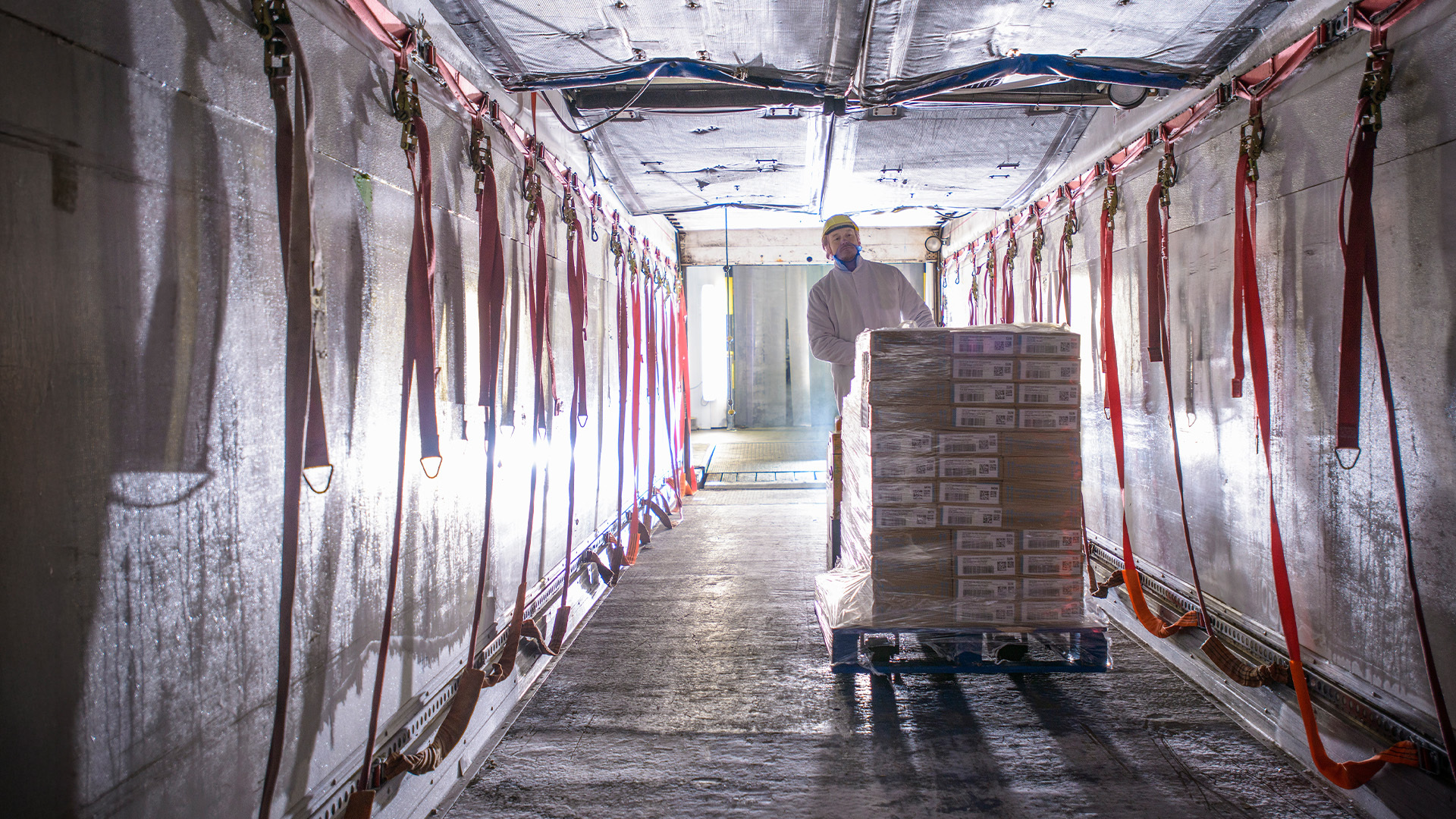
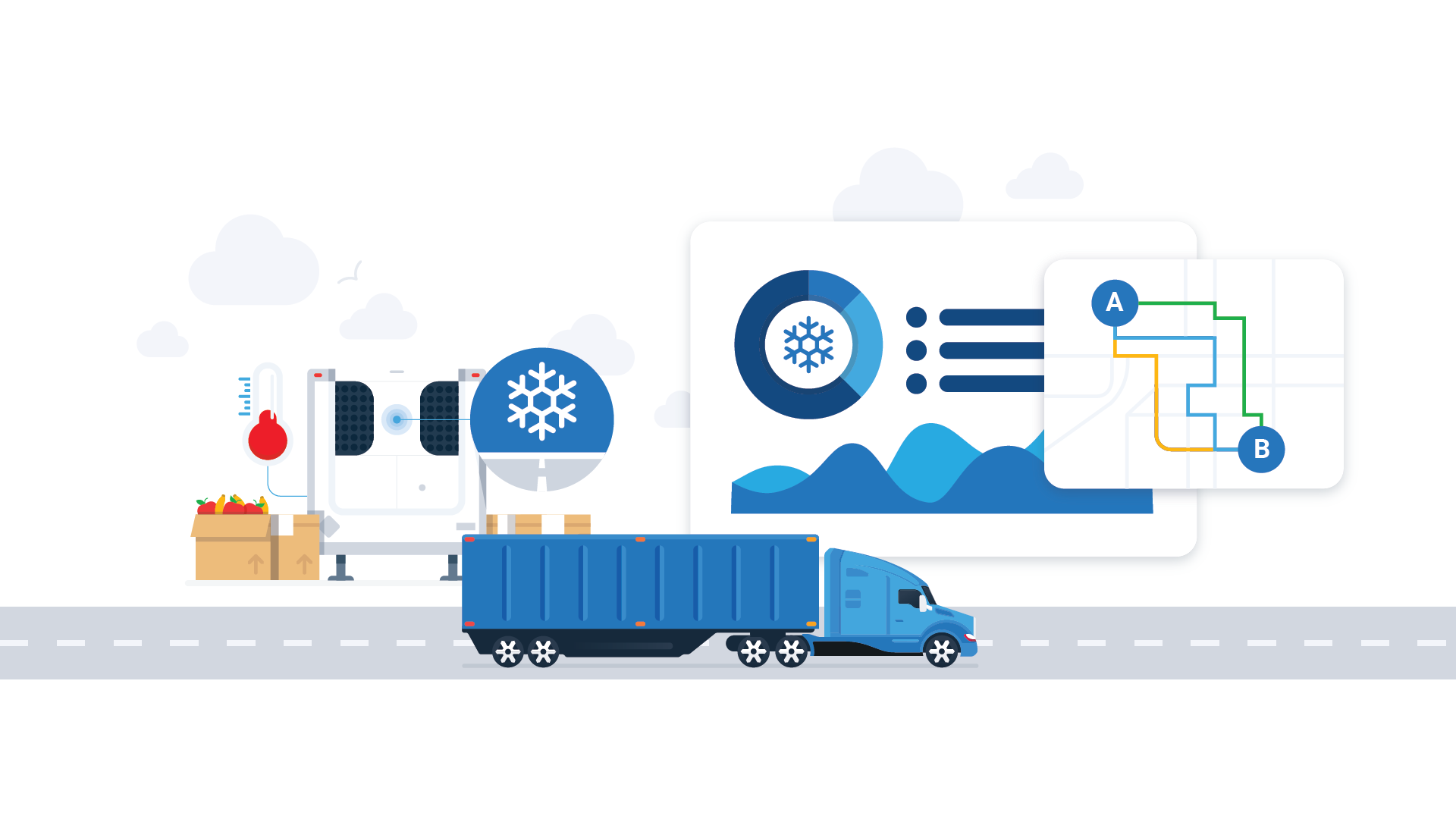
Infographic: Upgrading your cold chain solution to minimize waste and maximize profit
September 11, 2025
1 minute read

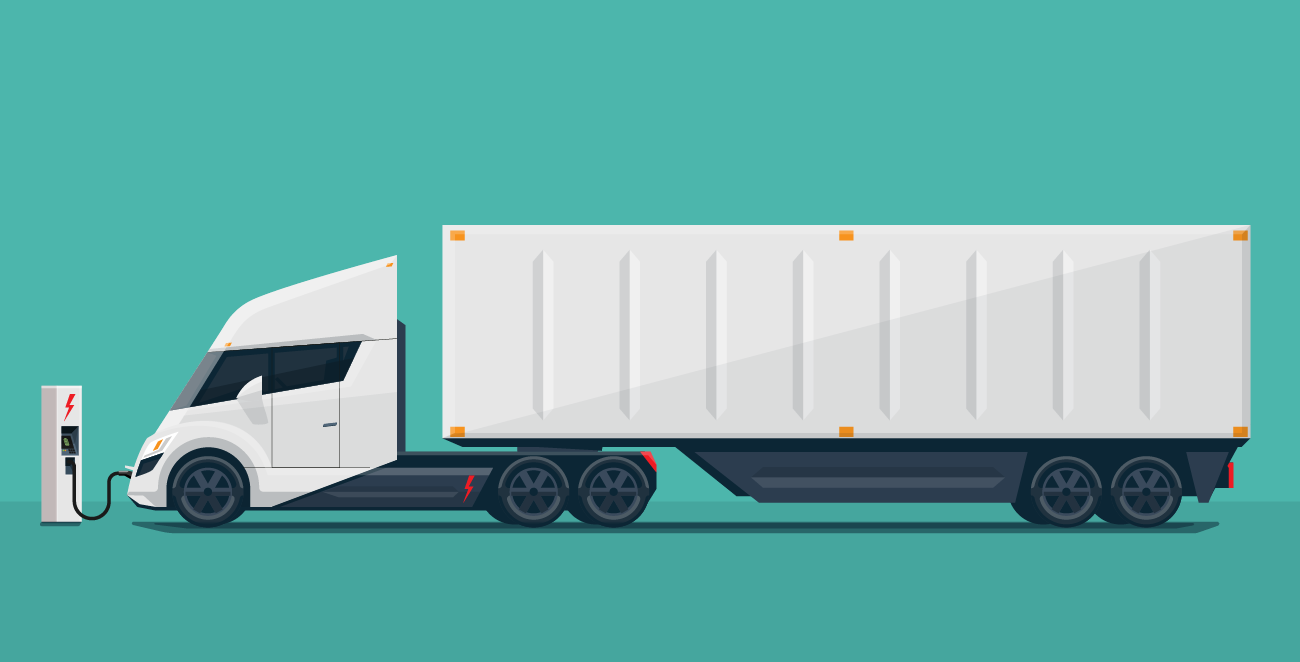
Autonomous trucking: The impact of self-driving trucks in the freight industry + guide
July 30, 2025
6 minute read
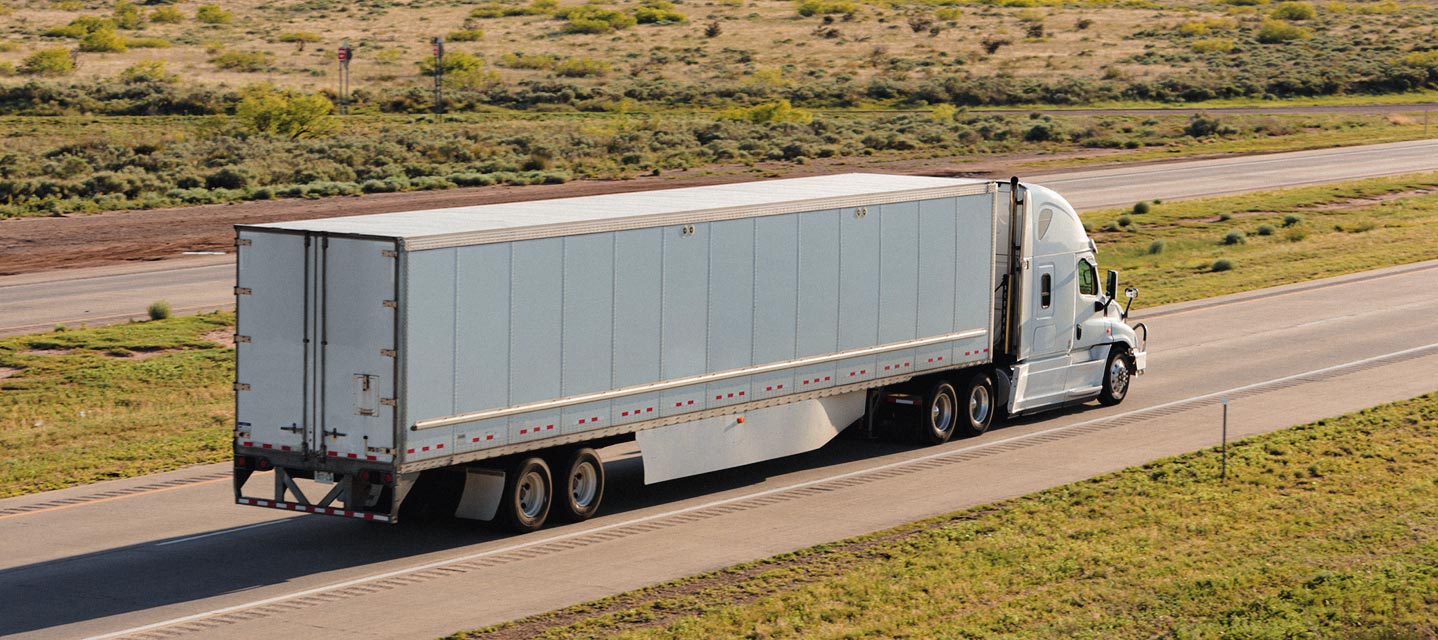
The future of transportation: Trends, research and what’s next according to experts
July 17, 2025
9 minute read